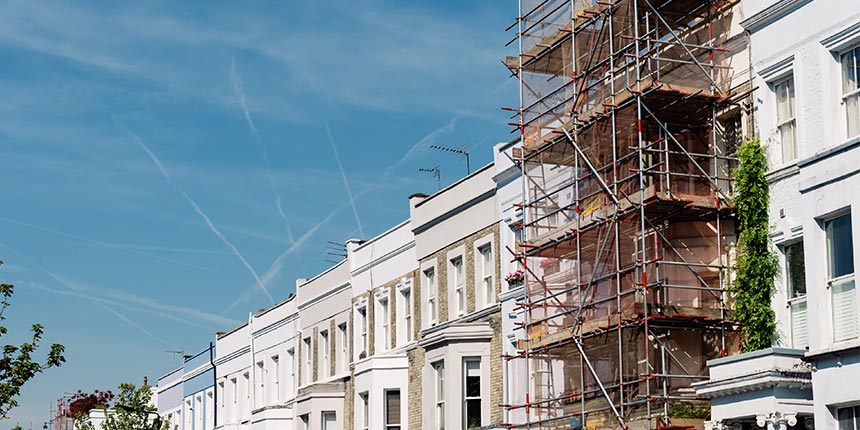Historic and listed building maintenance
14 December 2020
The importance of regular maintenance of historic and listed buildings.
The importance of maintaining historic buildings
A regular plan for the maintenance of historic buildings is usually less costly than letting the building deteriorate. If left unmanaged, damage can worsen until urgent repairs become necessary.
There is a strong probability that a historic building will be listed, in which case Listed Building Consent from the local authority will be required before any demolition works or the removal of fixtures commences.
Working on historic buildings
Historic buildings can be permanently damaged if repairs are not carried out by skilled persons using the proper techniques and materials. Wherever possible, repairs should be carried out to the historic fabric rather than replacing original features with new materials.
Routine maintenance for listed buildings
Every six months
The following maintenance should be undertaken at least every six months, preferably during the spring and autumn:
- Check the roof – to prevent damp and other weather-related damage, all roofs should be checked for missing or slipped slates and tiles, and flashings should be watertight.
- Unblock roof valleys, gutters, hoppers and downpipes – clear debris from these areas to help water drain away. Blockages can cause damage to the building itself, by allowing water penetration.
- Repaint – routine repainting of external wood is essential to prevent damp and the onset of rot. Do not change the colour significantly without reference to the Local Authority Planning Department.
- Remove plants - climbing plants and creepers, particularly ivy, can cause damage by creating persistently damp walls, as well as by blocking roof valleys and gutters. Such plants should therefore be removed but never aggressively pulled away from a wall as this could cause damage to both the masonry and mortar joints.
Annually
- Chimneys and flues - chimneys in use should be swept at least annually, preferably by a member of The Guild of Master Chimney Sweeps, and inspected once every three years by a HETAS approved chimney engineer.
- Heating – gas and oil- fired central heating systems should be subject to an annual maintenance contract with a GAS SAFE REGISTER™ or an OFTEC registered installer respectively.
- Test the electrical installation – poor maintenance of the electrical systems can lead to fires, especially in listed buildings where electrical wiring is often old. Any defective wiring or equipment should be brought up to the relevant standard under the present Institution of Engineering and Technology (IET) Regulations.
For further information on methods and considerations related to heritage building maintenance, please contact read our heritage building maintenance guidance notes.
